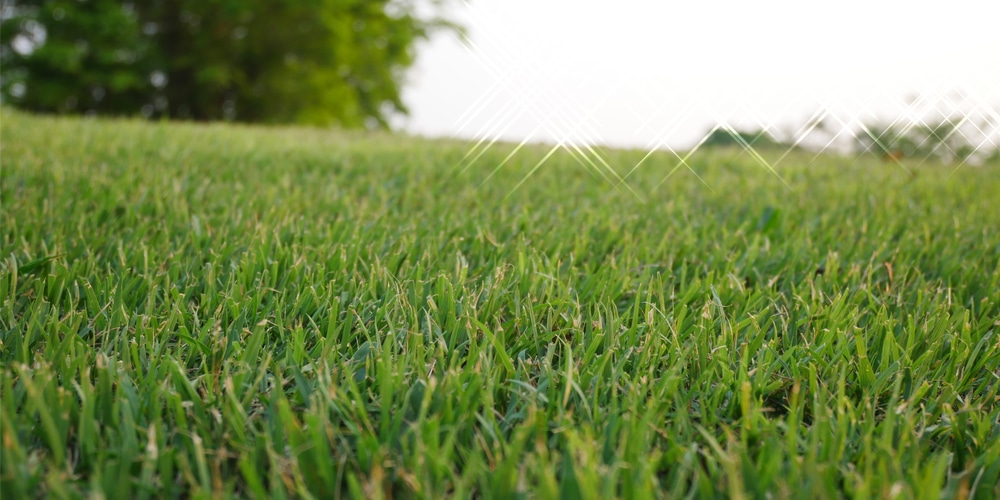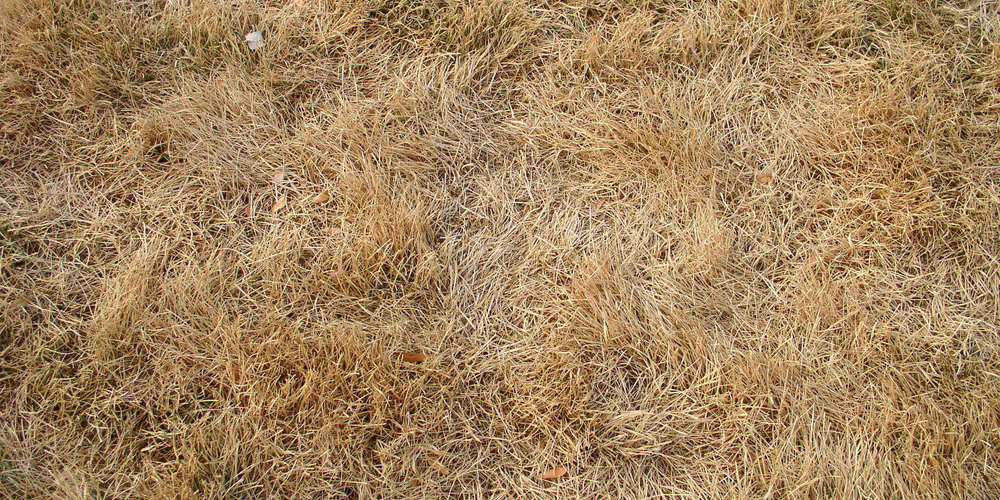Many people have questions about when Bermuda grass goes dormant. To answer this question we’ll discuss when this happens and how you should treat your lawn.
Bermuda grass begins to get dormant when the temperature of the soil reaches 55F or 12C. Even after becoming dormant the grass requires water as long as the temperature stays above freezing. In many regions there’s enough rain during the winter to water grass, but if you live in a dry area you should water your lawn with half the amount of water it needs during the growing season.
When the grass becomes dormant it stops growing completely and thus doesn’t require mowing regularly. The dormancy generally ends in mid-March or early April. When the spring season is thriving, Bermuda grass needs mowing down half or one inch long to get rid of dead material. Your grass will then grow back greener.
Bermuda Grass Dormant Months In Different Regions
The dormancy period of Bermuda grass may change from area to area because of the geographical conditions prevailing there. Below is the guide to make you familiar with different times for Bermuda grass to get dormant. Here it is as follows:
- Atlantic Coast: November (mid)–March(mid)
- December–January: Gulf Coast
- Southern California: Bermuda grass doesn’t get dormant here
- Florida: No dormancy
- Eastern Australia: May–Mid-August
- Southwest: Similar to Southern California
- Western Australia: No dormancy
Dormancy Period Of Bermuda Grass
The period when Bermuda grass remains dormant also differs from place to place. In some regions, it is dormant for a few weeks only while in some places dormancy lasts a few months. As Bermuda grows in warm seasons, it flourishes well in transition and southern areas of the US.
If we consider places outside the USA, the Bermuda grass thrives generously in tropical regions along with the subtropical ones because of the warm climate prevailing there, especially in Australia. It is not only the tropical regions but areas with soft winters also have Bermuda grass that doesn’t get dormant and flourishes all the year.
Throughout the fall, you should continue to water your Bermuda grass less frequently. Once November arrives, water the lawn only once per month. Continue doing this until the winter is over, and in March you can get back to your regular watering schedule.
Remember, you don’t have to stop watering the grass when it is dormant because it may lead it to dry and become dead. Throughout the fall when the grass is dormant you have to be a little conscious while watering and do it less often. In November you can water the area only once and it is sufficient enough for a whole month. Keep doing this all over the winter season and once March arrives get back to your watering schedule and see your grass flourishing again.
Methods To Check Whether The Bermuda Grass Is Dormant Or Dead
The temperature has a great impact on grasses and thus plays a very important role in the life cycle. The growing cycle as well as the dormant period of Bermuda grasses; all depends upon the temperature of the soil. As we all know that Bermuda grasses require warm soil temperature to thrive and have a comparatively unique life cycle, these are sensitive to cold temperatures. You can check whether your grass has gone dormant or not with the help of the following ways :
If your grass is stagnant and stops growing. This generally happens with Bermuda grass when the soil temperature reaches below 60 F. It will start turning brown from green.
The grass attains its true dormancy on the soil temperature reaching 55 F, this is followed by the grass tips turning brown or pale accordingly. You may think that this is happening because of less watering or retention but this happens because of starting dormancy. It sometimes may appear dead but you should water it less but regularly.
When you feel stuck between whether the grass has become dormant or dead then you should take a” try the tug test” at home. To perform this test you have to pull a bunch of brown grass from your garden.
While pulling, if it comes easily and doesn’t resist even a little then the grass is dead and not dormant, it will feel spongy on touching as well. But if it takes a little effort to pull out the grass then good to know that your grass has just gone dormant and after some time will be thriving again!


